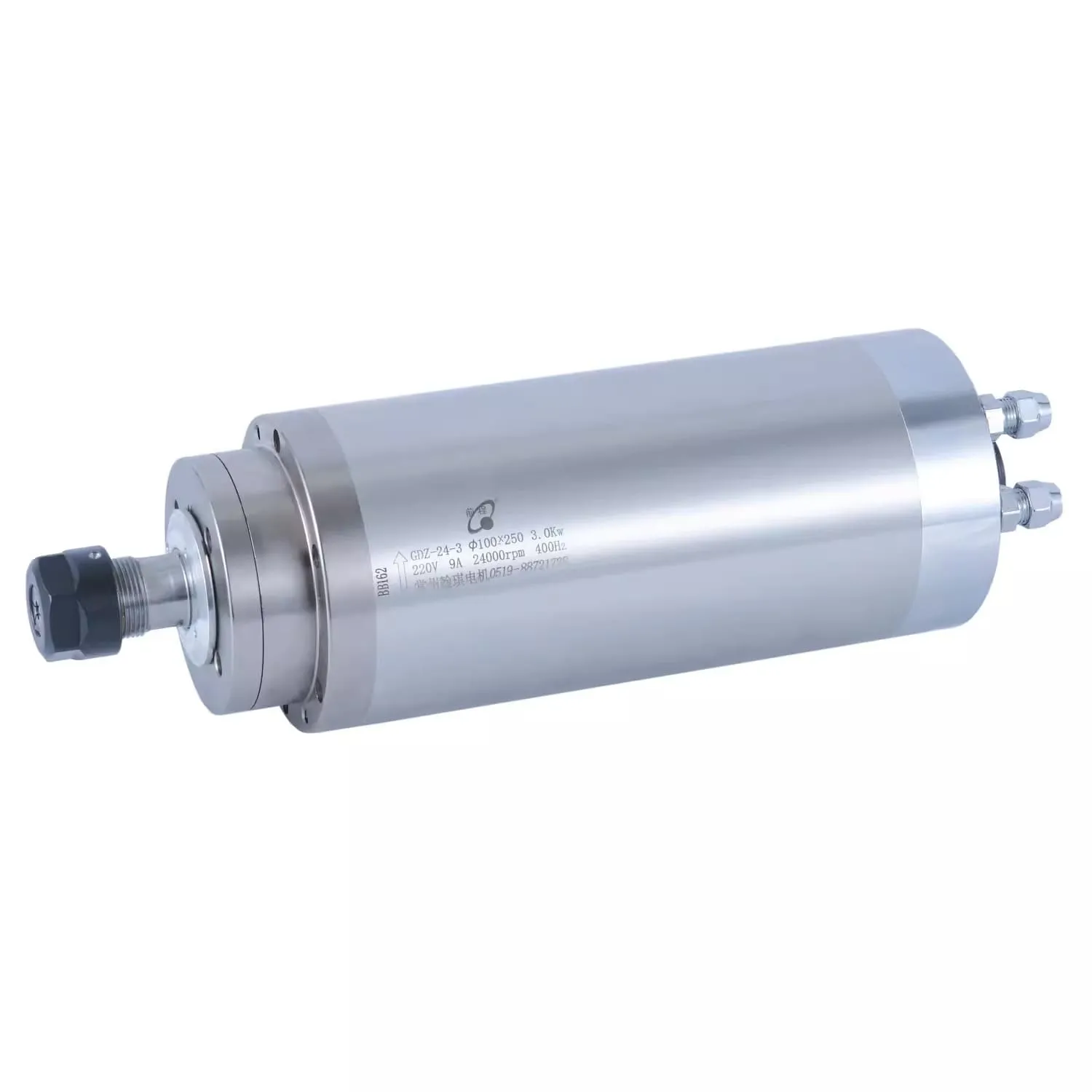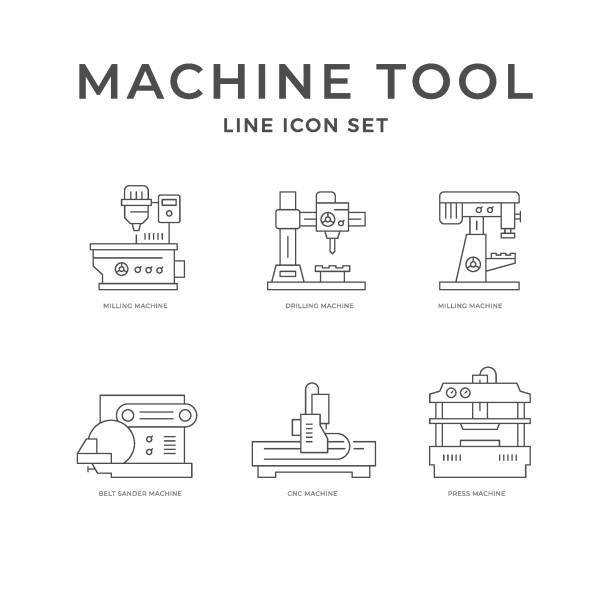CNC lathes have transformed the manufacturing industry, enabling the production of precision parts with minimal manual intervention. If you’ve ever wondered, “What does a CNC lathe do?” this comprehensive guide will answer all your questions, exploring the functions, types, and applications of CNC lathes. With the power to cut, shape, and create complex components, CNC lathes play a vital role in modern production processes, offering accuracy, efficiency, and customization.
Understanding the Basics of a CNC Lathe
What is a CNC Lathe?
A CNC lathe is a machine tool that rotates a workpiece around its axis to perform various machining operations such as cutting, drilling, sanding, and turning. The abbreviation CNC stands for Computer Numerical Control, which means the machine is controlled by a computer to ensure precision and repeatability. CNC lathes are often used to create parts that are symmetric along a central axis, making them indispensable in the automotive, aerospace, and manufacturing industries.
Key Components of a CNC Lathe
To understand what a CNC lathe does, it is essential to know its main components:
- Main Spindle: The spindle holds and rotates the workpiece. It is a crucial part of the lathe, providing the power needed to shape the material.
- Cutting Tool: The cutting tool performs various operations like turning, boring, and threading. These tools are often interchangeable depending on the required task.
- Chuck: The chuck secures the workpiece in place while it is being machined.
- Tool Turret: The turret holds multiple tools and rotates them as required by the specific machining operation.
- Tailstock: The tailstock supports the opposite end of longer workpieces to prevent deflection and maintain accuracy.
Functions of a CNC Lathe
1. Turning Operations
The most fundamental function of a CNC lathe is turning. Turning involves rotating the workpiece while a stationary cutting tool shapes it to the desired diameter and surface finish. This process is used to create cylindrical parts such as shafts, bushings, and bolts.
- Rough Turning: Removes large amounts of material to bring the workpiece close to its final shape.
- Finish Turning: Provides the final, precise shape and smooth surface finish.
2. Drilling and Boring
CNC lathes can also be used for drilling and boring operations. Drilling creates holes in the workpiece, whereas boring enlarges existing holes to achieve greater accuracy or specific dimensions.
- Axial Drilling: The tool moves along the length of the rotating workpiece to create straight holes.
- Boring: Boring tools are used to enlarge holes, ensuring they meet the required specifications with high precision.
3. Thread Cutting
Thread cutting is an essential function of a CNC lathe, used to produce threads on screws, bolts, and pipes. The lathe rotates the workpiece while moving the cutting tool precisely along the path needed to create internal or external threads.
- External Thread Cutting: Threads are created on the outside of a cylindrical workpiece, typically used for screws.
- Internal Thread Cutting: Threads are formed inside a drilled hole, such as in nuts.
4. Grooving and Parting
Grooving involves cutting a groove into the workpiece, which can be used for circlips or as stress relief points. Parting, also known as cut-off, is used to separate the finished part from the remaining material.
- Grooving Tools: Special tools create channels or recesses with high precision.
- Parting Tools: Used at the end of the machining process to finish the part and separate it from the stock material.
Types of CNC Lathes and Their Specific Uses
1. 2-Axis CNC Lathes
2-axis CNC lathes are the most basic type, capable of moving in two directions: along the X-axis and Z-axis. They are used for producing cylindrical parts and perform operations such as turning, facing, and threading.
- Best For: Producing simple parts like shafts and bushings.
- Key Features: Simple to operate and suitable for basic turning applications.
2. 3-Axis CNC Lathes
A 3-axis CNC lathe adds another axis to allow more complex machining. This additional movement enables the cutting tool to approach the workpiece at different angles, allowing for milling and drilling operations in addition to turning.
- Best For: Parts that require side milling or angular holes.
- Key Features: More flexibility than 2-axis lathes, used for parts with more intricate designs.
3. Multi-Axis CNC Lathes
Multi-axis CNC lathes can have up to 5 or more axes. They allow for more complex geometry and simultaneous machining operations, significantly reducing production time and increasing accuracy.
- Best For: Producing complex parts in one setup, such as medical implants or aerospace components.
- Key Features: High precision, reduced handling, and fewer setups.

For high-speed and efficient production, a quality spindle like our 24000RPM 3KW ER20 Water-Cooling Spindle can be a critical component of a CNC lathe setup.
Materials Processed with CNC Lathes
1. Metals
CNC lathes are commonly used to process a variety of metals, including aluminum, steel, stainless steel, and titanium. The high accuracy of CNC machines makes them ideal for parts requiring tight tolerances, such as aerospace and automotive components.
- Aluminum: Lightweight and easy to machine, often used in automotive and aerospace applications.
- Stainless Steel: Durable and corrosion-resistant, used for medical and industrial applications.
2. Plastics
Various plastics like PVC, acrylic, and nylon can be processed using CNC lathes. These materials are often used for components that need to be lightweight, chemical resistant, or have insulation properties.
- PVC: Widely used for plumbing components and electrical insulation.
- Acrylic: Often machined for display cases and optical devices due to its clarity.
3. Composites
Composite materials like carbon fiber or glass-reinforced plastics are also compatible with CNC lathes. These materials are essential in industries like aerospace, where strength-to-weight ratio is crucial.
- Carbon Fiber: Offers high strength and lightweight characteristics, ideal for performance-critical parts.
- Fiberglass: Used for components that require high strength at a lower cost.
Applications of CNC Lathes in Different Industries
1. Automotive Industry
In the automotive industry, CNC lathes are used to manufacture a wide variety of components, such as engine blocks, shafts, bushings, and fasteners. These parts must meet stringent quality requirements to ensure they perform well under stress.
- Engine Parts: CNC lathes produce parts that must handle high heat and pressure, ensuring durability.
- Transmission Shafts: Precision turning ensures these components fit perfectly with minimal friction.
2. Aerospace Industry
Aerospace parts often require complex geometries and exact tolerances, which is why CNC lathes are heavily utilized. They manufacture parts like landing gear components, hydraulic fittings, and engine parts that must withstand extreme conditions.
- Material Requirements: Titanium and other lightweight metals are machined to exacting standards.
- Precision and Safety: Ensures all parts meet stringent safety standards.
3. Medical Device Manufacturing
In the medical field, CNC lathes are used to produce implants, surgical tools, and orthopedic devices. These parts require high levels of accuracy and must be made from biocompatible materials.
- Implants: Components like bone screws and joint replacements must be custom-fit for patients.
- Surgical Tools: Precision turning ensures tools function properly in critical surgeries.

Enhance your CNC lathe operations with our 2.2KW ER20 Air-Cooled Spindle, known for its reliability and efficiency in processing complex parts.
CNC Lathe Vs. Traditional Lathe
Precision and Automation
CNC lathes are far more precise than traditional lathes due to computer control, which minimizes human error. The use of G-code enables CNC machines to follow exact paths repeatedly, ensuring consistency across multiple parts.
- Traditional Lathes: Operated manually, prone to errors, and limited in terms of repeatability.
- CNC Lathes: Automated and capable of running complex operations with minimal oversight, making them ideal for large-scale production.
Efficiency and Production Speed
CNC lathes offer faster production speeds compared to traditional lathes. They can work 24/7 with minimal human intervention, significantly improving production capacity.
- Setup Time: CNC lathes have shorter setup times because programs can be stored and reused.
- Production Run: Ideal for long production runs where uniformity and speed are critical.
Quality Control in CNC Lathe Machining
Tolerances and Accuracy
One of the most important aspects of CNC machining is maintaining tight tolerances. CNC lathes can produce parts with tolerances as tight as ±0.001 mm, ensuring all parts meet the specified dimensions.
- Measurement Tools: Micrometers, calipers, and CMM (Coordinate Measuring Machines) are used to verify tolerances.
Surface Finish Requirements
The surface finish of a part can significantly impact its performance, especially in industries like aerospace or medical devices. CNC lathes can provide smooth finishes, reducing the need for additional polishing or finishing processes.
- Polishing Tools: Special attachments can be added to CNC lathes to improve the surface quality directly during the machining process.
FAQs
1. What is the main function of a CNC lathe?
The main function of a CNC lathe is to rotate a workpiece while applying cutting tools to shape it into the desired form, producing cylindrical parts such as shafts, bolts, and bushings.
2. Can CNC lathes produce complex shapes?
Yes, multi-axis CNC lathes can produce complex shapes by moving along multiple axes, making them suitable for parts like medical implants and aerospace components.
3. What materials can be used with a CNC lathe?
CNC lathes can machine a wide variety of materials, including metals like aluminum and steel, plastics like PVC and nylon, and composites such as carbon fiber.
4. How does a CNC lathe differ from a traditional lathe?
CNC lathes are computer-controlled, offering greater precision, repeatability, and efficiency compared to manually operated traditional lathes.
5. What industries use CNC lathes?
CNC lathes are widely used in industries such as automotive, aerospace, and medical device manufacturing to produce precision components.
Conclusion
CNC lathes are powerful tools that have revolutionized the manufacturing industry by offering precision, efficiency, and versatility. From automotive parts to medical devices, CNC lathes are crucial in producing high-quality components that meet strict industry standards. By understanding what a CNC lathe does, you gain insight into its importance in modern production and its impact on various industries.
Investing in high-quality components like our 24000RPM 3KW ER20 Water-Cooling Spindle ensures that your CNC lathe operates at optimal performance, delivering the precision and reliability needed for success.

